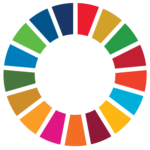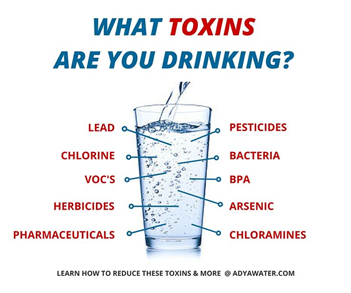
Waterborne diseases has been afflicting hundreds of millions of people, primarily those living without safe, accessible water in developing countries. Diarrhea is the central symptom. The latest research shows that diarrhea is the second leading cause of death for children under the age of five, causing more childhood deaths than malaria, AIDS, and measles combined.













